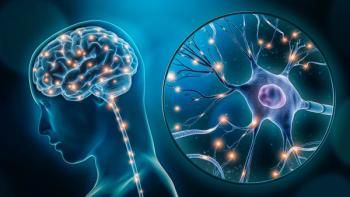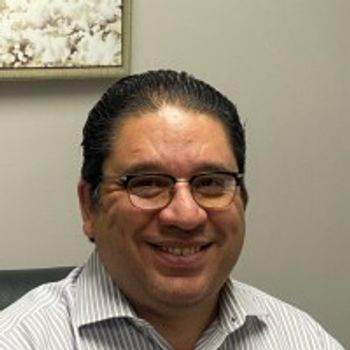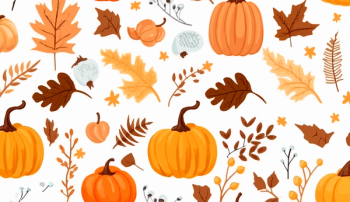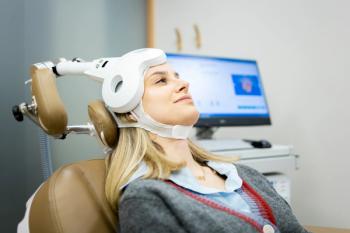
Trichotillomania: What the Studies Say
Hair-pulling can be associated with depressive symptoms and anxiety. While treatment is often elusive, some therapies have been found to be effective. This slideshow reviews noteworthy studies for clinicians to review.
Trichotillomania (TTM) may affect as many as 4% of the population with the highest incidence in childhood and adolescence. It can continue well into adulthood.Formerly considered an impulse control disorder (in DSM-IV), TTM is categorized in DSM-5 as an obsessive-compulsive and related disorder.1Diagnostic criteria include:
• Recurrent pulling out of hair, resulting in hair loss
• Repeated attempts to stop such behavior
• "Clinically significant” distress or impairment
• Not a result of a medical issue
• Not explained by other mental disordersThere are no FDA-approved medications for TTM, making treatment elusive-but the disorder can be effectively treated with behavioral and pharmacological therapies.Advance through the slideshow for "classic" and more current studies on the topic with links to respective research.Recommended reading: "Impulse Control Disorders: Clinical Characteristics and Pharmacological Management," by Jon E. Grant, JD, MD, MPH, Brian L. Odlaug, and Suck Won Kim, MD.For a PDF of this slideshow, please click here.
References:
1. American Psychiatric Association. Diagnostic and Statistical Manual of Mental Disorders. 5th ed. Washington, DC: American Psychiatric Association; 2013.
Newsletter
Receive trusted psychiatric news, expert analysis, and clinical insights — subscribe today to support your practice and your patients.













